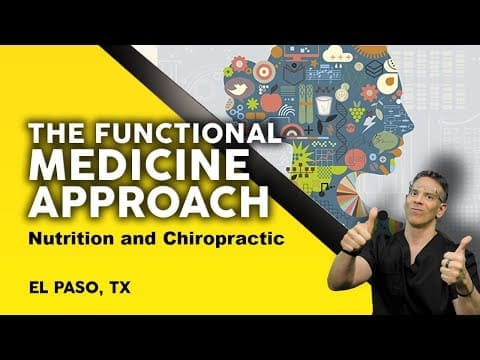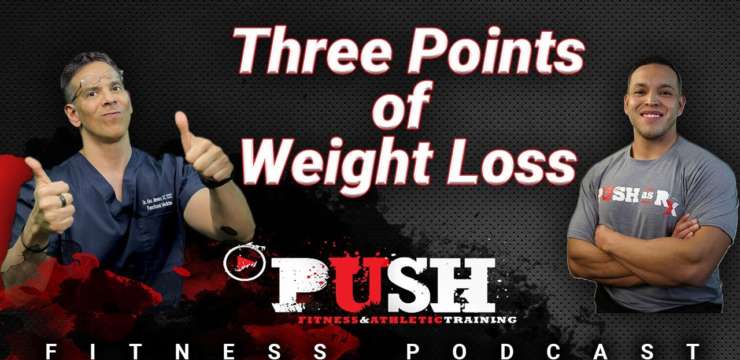
Gastroesophageal reflux disease(GERD) is a prevalent condition associated with many factors. Indeed, being overweight, having bad posture, congenital physiological derangements, and even indulging in specific foods can cause your stomach contents to come back into your esophagus. Nevertheless, a new factor contributes to this condition: the home office and the posture in which we perform computer-based jobs. Nowadays, several case reports discuss how chiropractic alignment and nutritional treatment can relieve the symptoms of this condition.
Table of Contents
Upper cross syndrome: the home office aftermath
Several new studies discuss the secondary effects of working from home after the shelter-at-home order. Although the stay-at-home order was primarily indicated to keep us safe from harm, it also caused several other conditions to rise.
Over the past two years, the home office modality has been the standard for any desk position. However, working on a computer for 8-10 hours a day has been the culprit for many posture-induced complications. Indeed, the upper cross syndrome is a condition associated with poor posture.
The upper cross syndrome manifests as hyperkyphosis at the thoracic level and encompasses a forward-positioned head and curved shoulders. Even though this condition is often associated with neck pain and discomfort, it can exacerbate other conditions.
Muscles, bones, and posture issues:
It is common to see a specific form in those patients suffering from UCS. Indeed, several reports are consistent with the finding of weak serratus and lower trapezius muscles. On the other hand, the pectoral area and those muscles found in the neck become tight to counteract the feeble strength of the regions mentioned above.
Furthermore, this results in the curvature of the spine, neck, and upper back. Overall, the misfunction and tightening of the surrounding structure will constrict the inner organs affecting their purpose.
GER and upper cross syndrome
As UCS tilts the patient’s head forward and curves the spine inward, the gastric system may get compromised. In fact, over the last couple of years, UCS has been widely associated with gastroesophageal reflux disease.
Gastroesophageal reflux disease:
Gastroesophageal reflux is a prevalent condition. Have you ever belch? Well, that is reflux. GER is the medical term to describe when part of the undigested stomach contents travels to the esophagus, bypassing the lower esophageal sphincter.
Nevertheless, gastroesophageal reflux disease is diagnosed when these symptoms become troublesome and affect the histological properties of the esophageal lining.
GERD symptoms:
- Burning pain in the mid-sternal level.
- Constant regurgitation of fluid or food.
- Esophageal inflammation.
- Coughing and bronchospasms.
- Swallowing dysfunction.
- Snoring.
- Asthma and trouble breathing.
Gastroesophageal barrier:
Comprised of the intrinsic tone of the lower esophageal sphincter (LES), external pressure, and the angle of His, the gastroesophageal barrier needs to be in perfect balance. Our inner organ structure is perfectly balanced, and the gastroesophageal barrier is no exemption. Nevertheless, several factors -other than posture- affect their purpose; even a food overload can distract the LES’s pressure and allow for contents to travel back to the esophageal region.
- LES contraction depends on neural, hormonal, and paracrine factors. Indeed, excitatory neurons controlled by acetylcholine and substance will counteract the inhibitory responses coming from the intestinal peptide and nitric oxide. In conclusion, this mechanism allows the LES to open to allow food into the stomach and to contract to keep them in place.
Dietetic approaches to treating GERD
- Eliminate acidic, spicy foods and beverages as they may cause direct esophageal irritation.
- Quit carbonated beverages to decrease gastric distention.
- Avoid coffee, alcohol, and chocolate, which are associated with reduced LES tone.
- Reducing dietary fats and carbohydrates can improve LES tome and modulate gastric motility.
- Reduce gastric acid production by avoiding late-night meals and significant portions of food.
Case report:
In 2021, the Clinics and Practice journal published a case report of a 35- year old woman working in graphic design on a home office modality. She reported severe neck pain as well as heartburn and acid reflux. Furthermore, an endoscopy revealed mild inflammation in the distal esophagus, which confirmed the GERD diagnosis. On the other hand, she was also referred to chiropractic care who assessed the patient, found consistent symptoms and signs of thoracic hyperkyphosis, and diagnosed the patient with upper cross syndrome.
Furthermore, the patient was prescribed histamine two receptor blockers, dietary restriction, and antiacids to treat her GERD. In addition, the chiropractor treated the patient with cervical adjustments and soft tissue massage three times a week.
The combination of these therapeutic techniques allowed the patient to recover in one month. Nevertheless, the posture issue was corrected with exercises to strengthen her muscles and lifestyle modifications, such as tuck chin exercises to correct her head posture.
The Functional Medicine approach
As a Functional Medicine nutritionist, I heavily rely on lifestyle modification and food as my primary treatment. Indeed, eliminating and substituting dairy and acidic foods is my go-to. Furthermore, there is so much our vagus nerve, posture, and mindful eating can do for us.
Regarding supplements, peppermint oil, licorice root, herbal bitters, a good quality probiotic, and digestive enzymes can go a long way by promoting gastric emptying and food digestion. Oh! and don’t forget to visit your local chiropractor! – Ana Paola Rodríguez Arciniega, MS
Bibliography
Chu, E. C., & Butler, K. R. (2021). Resolution of Gastroesophageal Reflux Disease Following Correction for Upper Cross Syndrome-A Case Study and Brief Review. Clinics and practice, 11(2), 322–326. doi.org/10.3390/clinpract11020045
Newberry, C., & Lynch, K. (2019). The role of diet in the development and management of gastroesophageal reflux disease: why we feel the burn. Journal of thoracic disease, 11(Suppl 12), S1594–S1601. doi.org/10.21037/jtd.2019.06.42
Disclaimers
Professional Scope of Practice *
The information herein on "Upper cross syndrome and Gastroesophageal reflux: A healthy back is a healthy gut" is not intended to replace a one-on-one relationship with a qualified health care professional or licensed physician and is not medical advice. We encourage you to make healthcare decisions based on your research and partnership with a qualified healthcare professional.
Blog Information & Scope Discussions
Welcome to El Paso's wellness blog, where Dr. Alex Jimenez, DC, FNP-C, a board-certified Family Practice Nurse Practitioner (FNP-C) and Chiropractor (DC), presents insights on how our team is dedicated to holistic healing and personalized care. Our practice aligns with evidence-based treatment protocols inspired by integrative medicine principles, similar to those found on dralexjimenez.com, focusing on restoring health naturally for patients of all ages.
Our areas of chiropractic practice include Wellness & Nutrition, Chronic Pain, Personal Injury, Auto Accident Care, Work Injuries, Back Injury, Low Back Pain, Neck Pain, Migraine Headaches, Sports Injuries, Severe Sciatica, Scoliosis, Complex Herniated Discs, Fibromyalgia, Chronic Pain, Complex Injuries, Stress Management, Functional Medicine Treatments, and in-scope care protocols.
Our information scope is limited to chiropractic, musculoskeletal, physical medicine, wellness, contributing etiological viscerosomatic disturbances within clinical presentations, associated somato-visceral reflex clinical dynamics, subluxation complexes, sensitive health issues, and functional medicine articles, topics, and discussions.
We provide and present clinical collaboration with specialists from various disciplines. Each specialist is governed by their professional scope of practice and their jurisdiction of licensure. We use functional health & wellness protocols to treat and support care for the injuries or disorders of the musculoskeletal system.
Our videos, posts, topics, subjects, and insights cover clinical matters, issues, and topics that relate to and directly or indirectly support our clinical scope of practice.*
Our office has reasonably attempted to provide supportive citations and has identified the relevant research studies or studies supporting our posts. We provide copies of supporting research studies available to regulatory boards and the public upon request.
We understand that we cover matters that require an additional explanation of how they may assist in a particular care plan or treatment protocol; therefore, to discuss the subject matter above further, please feel free to ask Dr. Alex Jimenez, DC, APRN, FNP-BC, or contact us at 915-850-0900.
We are here to help you and your family.
Blessings
Dr. Alex Jimenez DC, MSACP, APRN, FNP-BC*, CCST, IFMCP, CFMP, ATN
email: coach@elpasofunctionalmedicine.com
Licensed as a Doctor of Chiropractic (DC) in Texas & New Mexico*
Texas DC License # TX5807
New Mexico DC License # NM-DC2182
Licensed as a Registered Nurse (RN*) in Texas & Multistate
Texas RN License # 1191402
ANCC FNP-BC: Board Certified Nurse Practitioner*
Compact Status: Multi-State License: Authorized to Practice in 40 States*
Graduate with Honors: ICHS: MSN-FNP (Family Nurse Practitioner Program)
Degree Granted. Master's in Family Practice MSN Diploma (Cum Laude)
Dr. Alex Jimenez, DC, APRN, FNP-BC*, CFMP, IFMCP, ATN, CCST
My Digital Business Card






